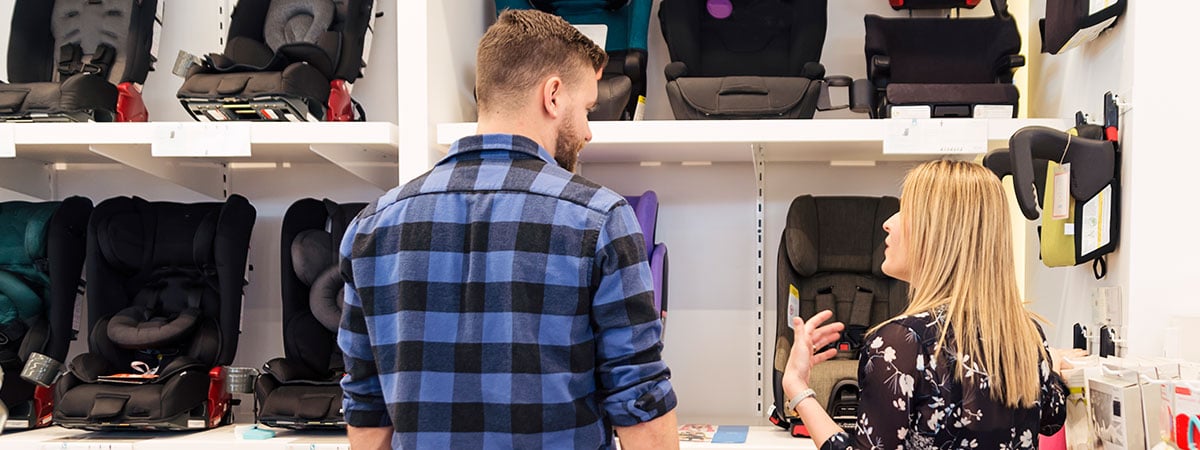Car seats are an absolute necessity when ensuring the safety of your child, yet according to Transport Canada, more than 2000 children between the ages of one and four are injured or killed each year in Canada as a result of vehicle collisions. With proper knowledge and education, these tragedies could be prevented. We need your help to emphasize how to properly use car seats and booster seats to lessen the occurrence of these deaths and injuries.

1. Know your child's height and weight
Refer to your owner’s manual and abide by the provided instructions. Always ensure the seat you purchase is proper in terms of your child’s height and weight. The car seat needs to fit your vehicle and should be easy to install.
2. Check expiry dates
Many car seats have expiry dates and should be replaced when the expiry date is reached.
3. Look into the history
Never purchase a previously used car seat that has been involved in a collision, regardless of the severity of the crash. Check with your insurance company on their policy for car seat replacement criteria.
 4. Avoid cross-border shopping
4. Avoid cross-border shopping
The National Safety Mark (as shown to the right) indicates that a child car seat is certified to Canadian safety standards, which are different from other standards. It is illegal to import, sell, or use a child car seat and booster seat that do not have this mark.
Still not sure if your car seat makes the grade?
Have your car seat checked by a professional. Book a FREE 30-minute session with trained St. John Ambulance volunteers at CAA Niagara’s Member Exclusive Car Seat Clinic.

 Ontario
Ontario